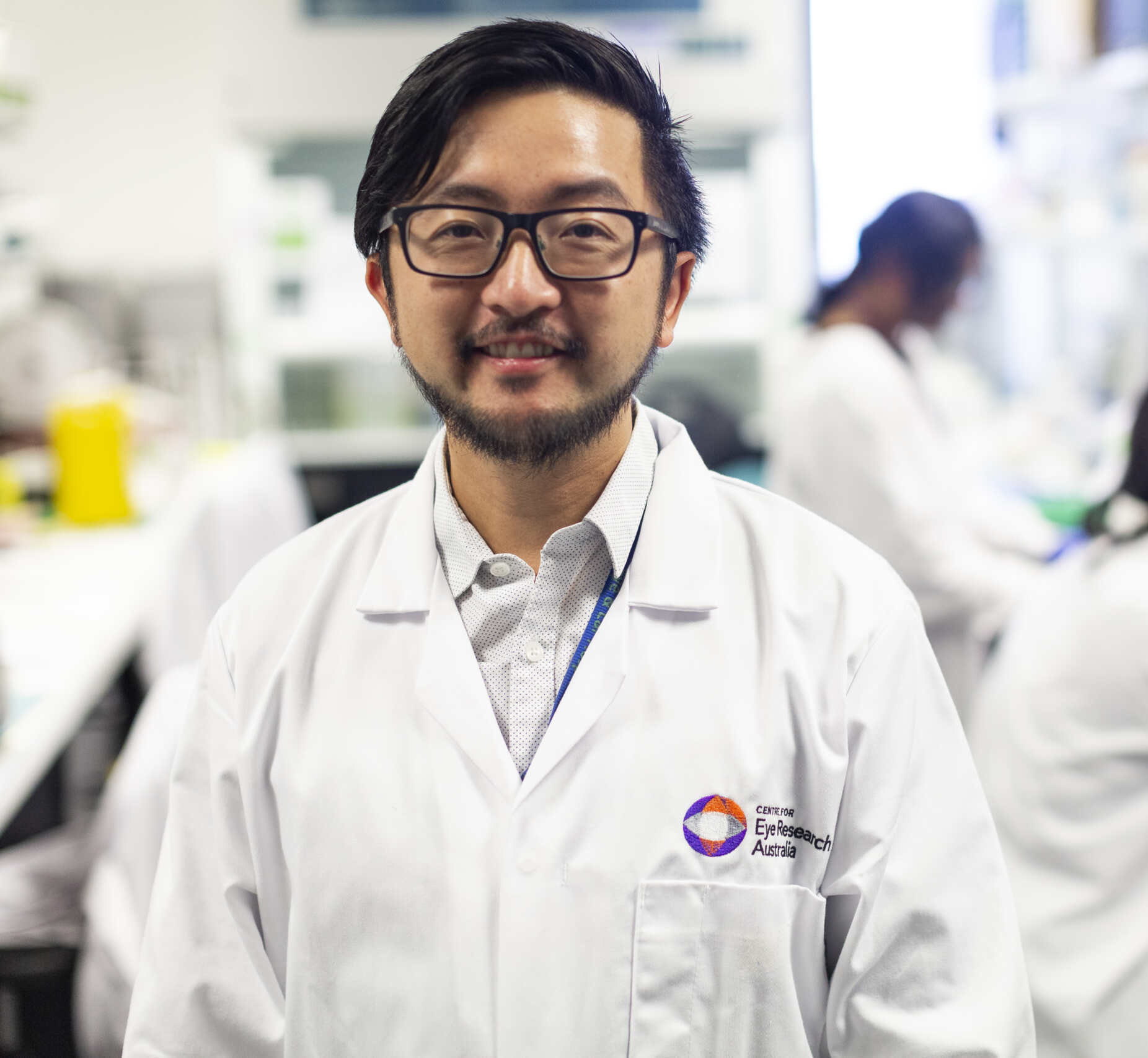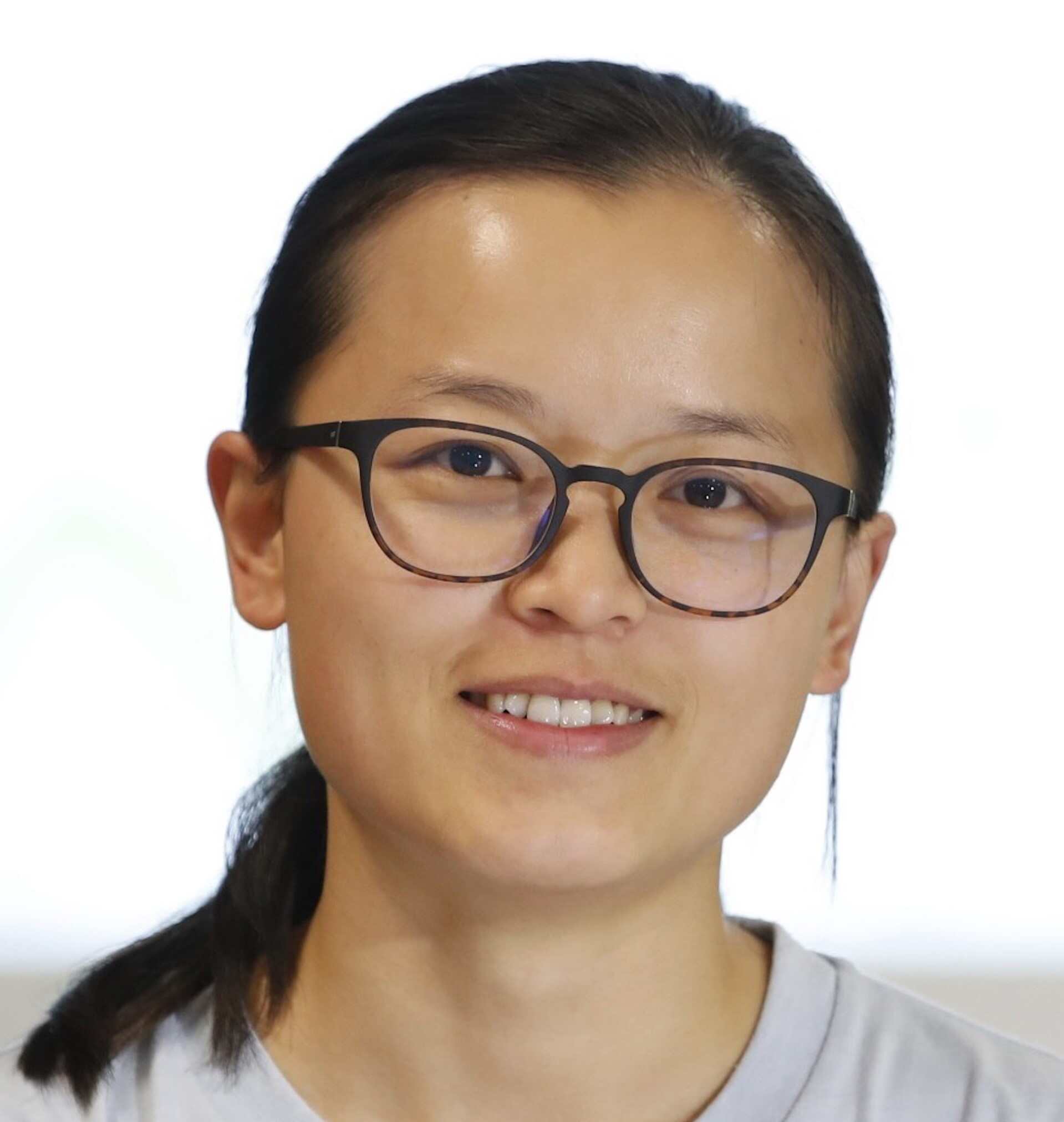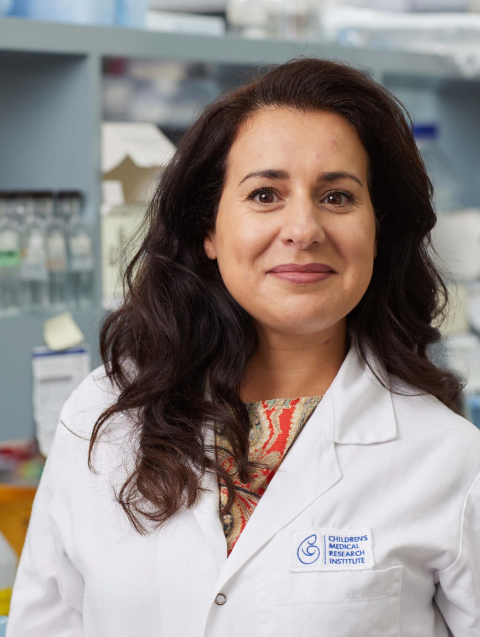Project Aim
This project aimed to develop and validate a virtual reality (VR) mobility task as a surrogate outcome measure to assess functional vision in achromatopsia, and to evaluate the MonCvOne® device as an objective tool for measuring light sensitivity.
Project Summary
Participants wore a VR headset and used hand joysticks (as pictured below) to walk through a virtual room. The VR environment was looking to imitate the MLMT and the VR task involved navigating a simulated environment with obstacles and changing light conditions, designed to emulate real-world challenges faced by individuals with these conditions and the MLMT.
Key Findings
- The VR mobility task was well tolerated across age groups and skill levels, with minimal motion sickness and high usability.
- Patients with achromatopsia demonstrated significantly poorer performance in VR navigation than age-matched individuals with normal vision, especially in high-light settings.
- The MonCvOne® – a medical device designed to provide a comprehensive, objective, and quantitative assessment of vision – provided unbiased, consistent measures of photosensitivity.
Research Impact and Significance
This study demonstrated that VR-based mobility testing provides a scalable and patient-friendly approach to assessing real-world visual performance in individuals with achromatopsia. It also showed strong potential as a surrogate endpoint in future clinical trials of novel therapies. Additionally, the MonCvOne® system proved to be a reliable and repeatable measure of light sensitivity. As a standardised and effective outcome measure, this VR tool offers a practical solution for global clinical trial implementation, requiring minimal clinical infrastructure while ensuring high reproducibility across sites.

Chief investigator:
Dr Elisa Cornish
Save Sight Institute, Sydney
Co-investigator/s:
Professor Gregg Suaning, School of Biomedical Engineering, The University of Sydney
Professor John Grigg, Save Sight Institute, Sydney
Grant awarded:
$52,639 (2024)
Timing:
1 Year 2024
Research Impact Reports
Selective Activation of Retinal Bipolar Cells Using Freeform Electrical Stimulation
Project Aim This project explores a new method called freeform...
Development of epigenetic reprogramming technology to treat retinal degeneration
Project Aim This project aims to create a new way...
Characterizing Stargardt Disease Mutations for Splice Intervention Therapeutics
Project Aim The aim of this project was to find...
Establishing novel AAV gene editing for Usher Syndrome
Project Aim The aim of this project was to establish proof-of-concept for a new type...




